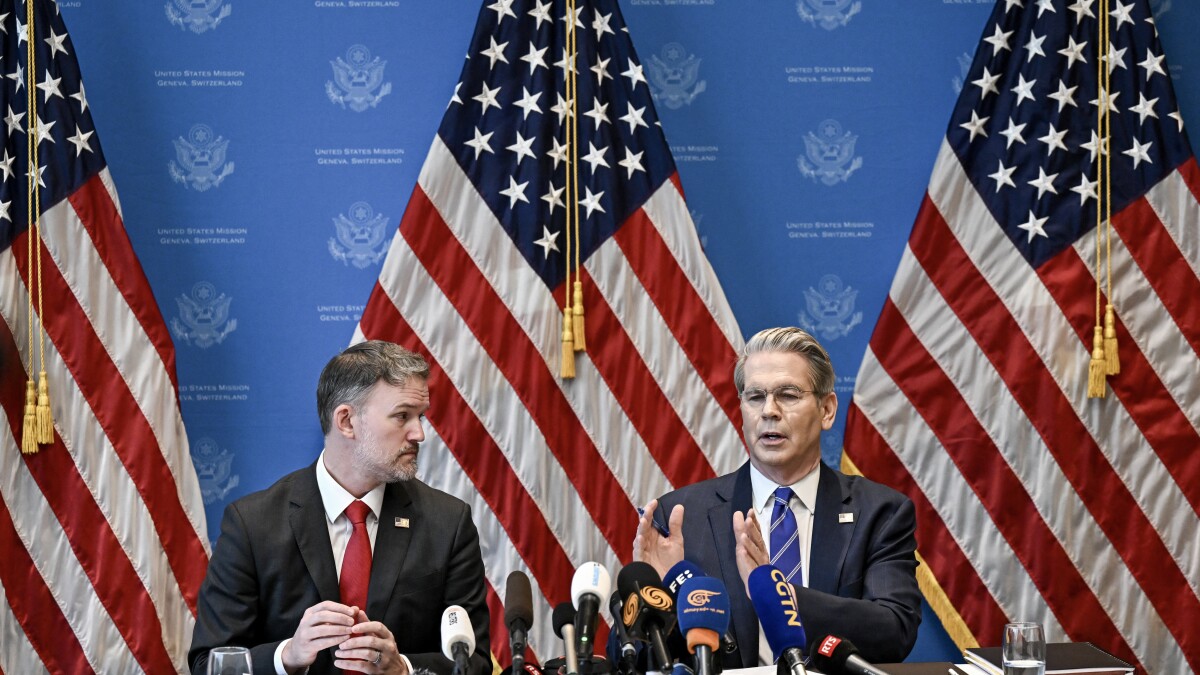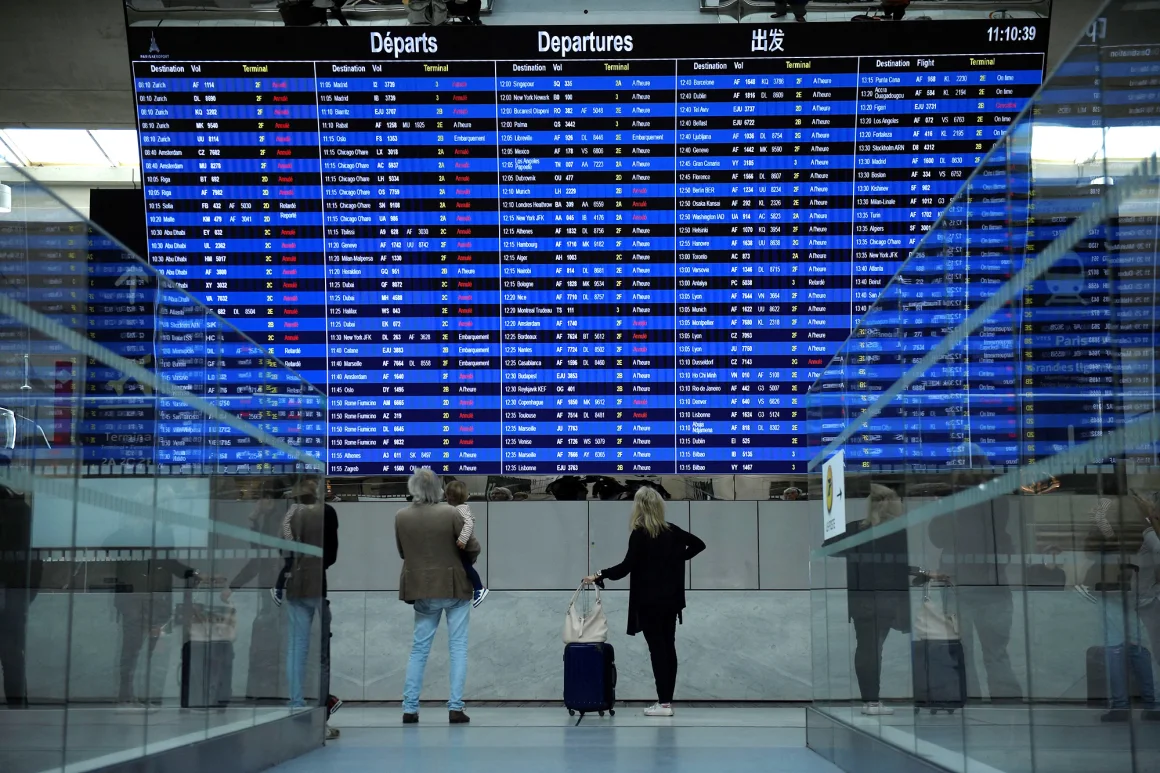Markets surged Monday morning after the United States and China agreed to temporarily lift extreme tariffs that had recently paralyzed much of their cross-border trade. The Dow Jones Industrial Average shot up more than 1,000 points, or about 2.5%, shortly after trading began, while the S&P 500 advanced 2.6%.
This spike followed a weekend agreement in Geneva, where both nations committed to suspending the steep tariffs for 90 days. U.S. duties on Chinese goods will fall from 145% to 30%, and Chinese tariffs on American products will drop from 125% to 10%.
Many import-reliant companies had paused shipments to avoid the heavy charges, and cargo activity at the Port of Los Angeles had plunged over 33% compared to the same time last year—raising alarms about potential inventory shortfalls soon.
However, even with the cuts, the reduced tariffs remain substantially higher than pre-trade war levels, which were in place before President Trump’s aggressive tariff campaign. And since the relief period is temporary and talks are ongoing, there’s lingering uncertainty about what rules will apply after three months.
“It gave us some relief, but only briefly,” says Bonnie Ross, a New York-based importer of apparel.
Ross canceled two shipments from China after the 145% rate took effect. Now, she’s racing to ship as much as possible to the U.S. while the lower tariffs are still valid.
“It’s going to be chaos — everyone’s going to try to move their goods over the next 90 days,” Ross says. “And freight prices are probably going to spike.”
Jay Foreman, whose company produces toys like Lincoln Logs and Tinkertoys in China, got word of the truce at 4:30 a.m. and immediately contacted partners in Hong Kong to arrange outbound shipments.
“We’ve been holding inventory in factories and ports to avoid the 145% tariff,” Foreman says.
He finds the 30% import tax more manageable, though he expects some of the extra cost will still reach consumers through higher prices.
“It’s still a disruption, but much better than before,” Foreman adds. “Everyone in the supply chain would agree with that.”
Some firms may now try to manufacture and ship items early for the Christmas season to dodge a potential tariff hike this fall. But that carries its own risks, Foreman warns, as the government could lower tariffs further once the 90 days are up.
“For now, I’m just focused on the next month or so,” he says. “If I’m going to double-shift factory output to beat the deadline, I’ll need a few more weeks to make that call.”



